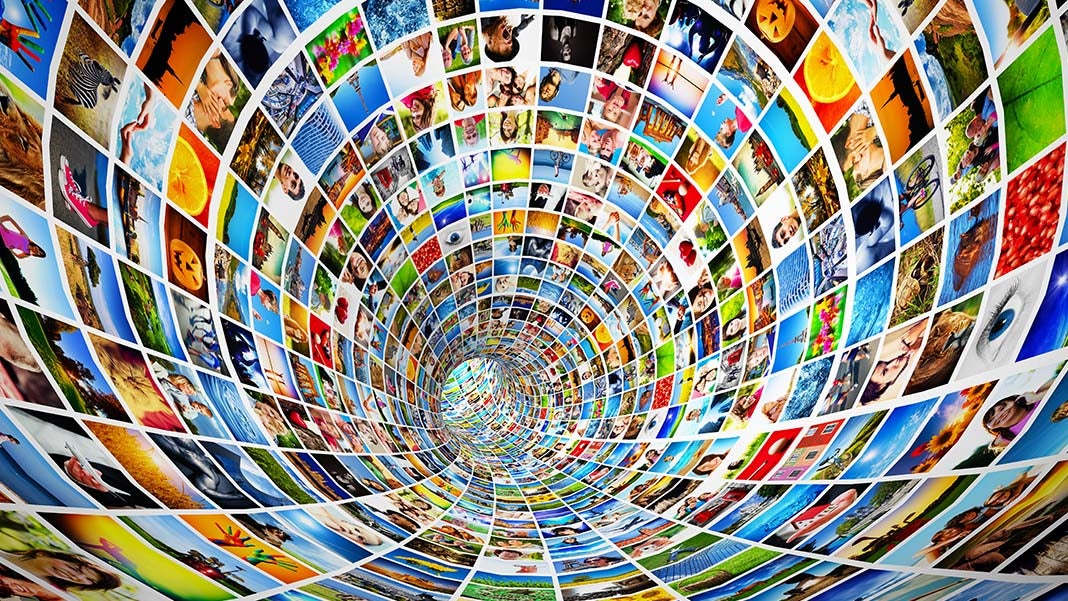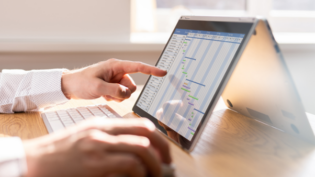
These days, if you happen to be in a marketing presentation, you cannot escape hearing “big data” and “personalized advertising” a couple of times, at least. Then there will be the epic cliché of advertising—“the right message to the right person at the right time at the right place.” It has been around for a while now, but never has it been practiced with today’s precision, thanks to big data, analytics engines, and actionable insights.
Programmatic advertising has pleasant surprises for advertisers, ad publishers, and end-customers. Advertisers can find the most precisely targeted audience, and hence the best CTRs (click-through rates). Ad publishers get the best rates because advertisers can identify the slots that match them best, and yes, advertisers bid competitively. For customers, browsing is not disrupted by irrelevant flashy advertisements. Rather, they relish ads that are mapped to their immediate needs and interests.
Does it all sound rosy and too easy? In reality, technology is just striving to get there, but it has come a long way. Artificial intelligence takes care of millions of calculations and predictions to make the whole process more efficient and effective. If humans made all those calculations manually, real-time response to market dynamics would hardly be possible. The ingenious algorithms quickly draw insights from data to make intelligent real-time bids. RTB (real-time bidding) is a system that operates within milliseconds before a webpage is loaded by a consumer. The targeting efficacy and cost efficiency of RTB are making it a powerful force in online advertising.
However, programmatic advertising is much more than RTBs. Programmatic is a way of deciding whether the advertiser wants to buy the space. RTB is just one way of buying. Not all programmatic advertisers use RTB. With advertisers and agencies developing interest in programmatic buying, they are setting bigger technology budgets. As a result, publishers cannot ignore reciprocating with programmatic techniques. The advent of mobile devices has revolutionized the quantity and quality of personalized data. Logged-in individuals share numerous behavioral insights and location-specific data through GPS, WiFi, and Bluetooth, thus increasing the relevance and value of programmatic.
One explicit advantage of programmatic advertising is that marketing officers can save a lot of time and energy on media buying. That time and energy can be divested into honing the creatives to make them more captivating and personalized. Thus, the advantage gets doubled—more enticing creatives directed to more precisely targeted people.
There are other advantages as well. Machine intelligence has ways of avoiding low-quality leads and fraudulent advertisements. This drastically reduces the net cost of acquiring new customers. The automated mode is highly scalable across geographies and platforms. This multiplies the potential volume of reach. Since data analysis and decision insights are quick and automated, marketing officers can apprehend their KPIs immediately and redefine them if needed. All this culminates in ensuring better ROI on ad spend.
Author: Preethi Vagadia is a marketing manager worked in marketing department with top notch companies and has over 8 years of experience in content management solution, Advertising Technology, and ad server software. Sports content writing and music are her hobbies.
2419 Views












